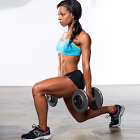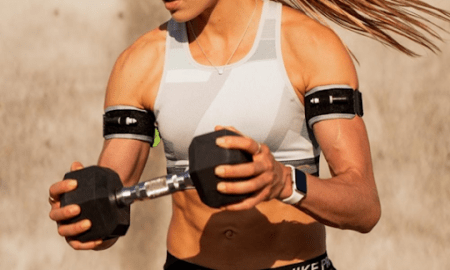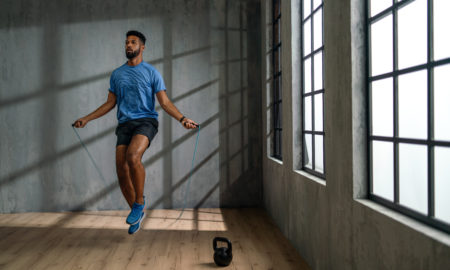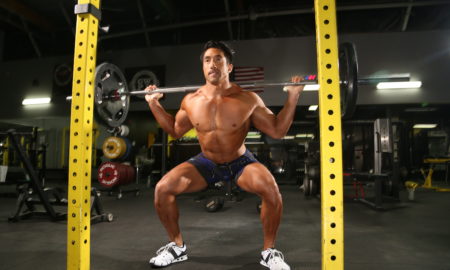 You may be able to protect the ligaments in your knees to some degree by weight training, particularly the anterior cruciate ligament. ACL tears in young female athletes are far too common, and we see “noncontact” ACL tears in football games, where the ligament ruptures while the player is running.
You may be able to protect the ligaments in your knees to some degree by weight training, particularly the anterior cruciate ligament. ACL tears in young female athletes are far too common, and we see “noncontact” ACL tears in football games, where the ligament ruptures while the player is running.
There are new ideas for protecting the knees, and they involve learning to control the movement of the knees, hips and back to protect the ACL. The research appears to be quite good and supportive of this concept. Routine strengthening did not appear to provide the knee protection that was predicted. So, what does this mean? Some of you may be in high school and college and are weight training and playing football, basketball, soccer, baseball or softball. Or you may have children who play those sports and would like to keep them strong and healthy.
Let’s begin with the newer ideas and roll into some exercises. The problem is the knee tends to bend inward on athletes who tear their ACL. Several other problems occur at the same time. Many of these tears occur in athletes who don’t bend their knee as much as they should. There is also a forward lean of the upper body. Collectively, an athlete may jump and land, or run and suddenly change direction, and the hip and knee extensors—the quads and glutes—aren’t strong enough to let the knee and hip bend as much as they should during deceleration, so the knee stays straighter. The athlete does not have the control of the outer gluteal muscle to help keep the knee from bending inward during landing or cutting, so all the forces go into the ACL without proper muscular support.
The end result: an ACL tear, or so we think as of 2013. If these biomechanical problems are not corrected, the athlete is susceptible to tearing the newly constructed ACL.
Now that you understand a little more about the reason that many—but not all—ACL tears occur, you can do something about it. You can perform walking lunges without weight at first. The key focus is to keep the front leg in correct alignment. Keep your knee aligned with your hip as you lunge forward. Don’t let it drift inward. If that is difficult, don’t lunge as deep. That way you can maintain control of your technique. As you become stronger, you can lunge a little deeper. Once you can complete a lunge walk of a certain distance—say, 15 to 30 feet—add another set. Soon you can add a small pair of dumbbells as resistance. Start with five-pounders.
Some research has demonstrated that strengthening the outer gluteal muscle did not help reduce the inward knee motion, but that is not the whole story. More likely it means that we need to learn how to apply the strength gained from specific training. An old exercise of performing standing, sideways leg raises with an ankle strap and a cable could be very helpful. You stand on one leg with the ankle strap on the other ankle, and raise the strapped leg to the side against resistance.
How is the cable exercise any better than performing outer-thigh movements on a machine? The difference is, the benefit is not to the hip muscles that are lifting the leg to the side; I believe the benefit is to the hip muscles on the standing leg, which must also contract. They are contracting isometrically but in a weight-bearing position. That may be the difference that enables you to contract and strengthen the muscles in a way that could help them keep the knee from caving inward.
If you conclude this program by making sure that you’re doing the customary squats, front squats, Roumanian deadlifts, hypers with weights and glute/ham raises as well, you can have the strength to bend at the knee and hip and have the large muscles of the hip and thigh absorb and dissipate the deceleration forces. I’ll have more on that in a future column.
—Joseph M. Horrigan
Editor’s note: Visit www.SoftTissueCenter.com for reprints of Horrigan’s past Sportsmedicine columns that have appeared in IRON MAN. You can order the book 7-Minute Rotator Cuff Solution by Horrigan and Jerry Robinson from Home Gym Warehouse, (800) 447-0008 or at www.Home-Gym.com.




















You must be logged in to post a comment Login